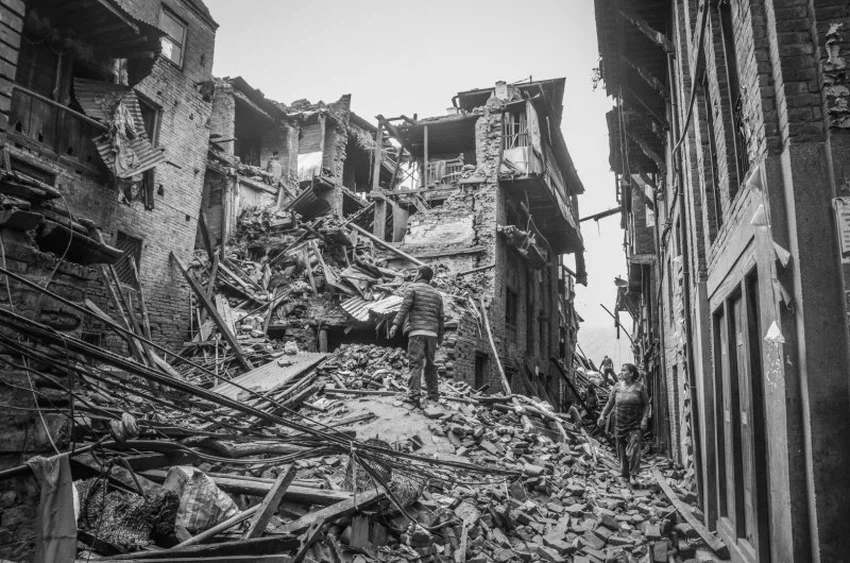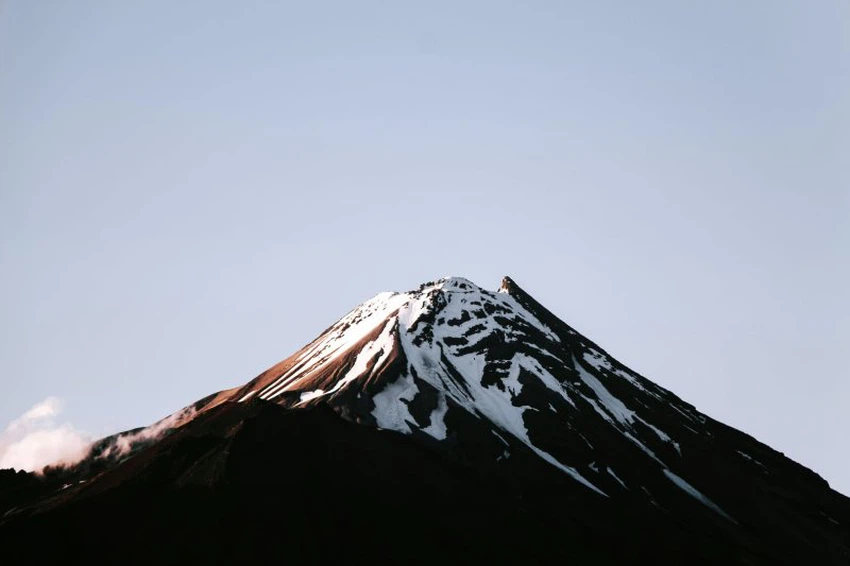Can a natural disaster cause another natural disaster?
Arabia Weather - Humans on Earth live under the influence of major natural variables, including natural disasters such as earthquakes, hurricanes, and floods. Although these disasters are considered natural accidents, the question that arises is: Could a potential natural disaster be a cause of... Stimulate another natural disaster?
In this article we will examine whether successive natural disasters have any effect on each other.
Hurricanes and earthquakes
Assistant Professor Wen Yuan, an expert in Earth, ocean and atmospheric sciences at the University of Florida, has coined the term “tornadoquakes” to describe the geological phenomenon he and his team recently discovered: seismic events that resemble earthquakes, but occur simultaneously with hurricanes or hurricanes. Other strong storms.
A research team has revealed a new phenomenon in the field of geophysics, whereby a hurricane or other storm can cause seismic movements in the nearby ocean with a magnitude of up to 3.5 on the Richter scale.
How do hurricanes affect earthquake occurrence?
Answer: Researchers have linked this simultaneous phenomenon between earthquakes and hurricanes to the mutual influence between the atmosphere, land, and ocean, as hurricanes transfer energy to the oceans during the storm season, which leads to the emergence of strong waves that interact with the earth’s crust at the bottom of the ocean, and thus cause intense seismic activity that has occurred. The results of this research were published in the journal Geophysical Research Letters on October 14.
The researchers' analysis is based on earthquakes and oceanographic records recorded over the past decade, from September 2006 to February 2019. They found more than 10,000 earthquakes during that period off the coast of New England, Florida and the Gulf of Mexico in the United States. Off the coast of Nova Scotia, Newfoundland and British Columbia in Canada.
This research has proven the existence of seismic sources in the ocean that are similar to earthquake sources within the Earth's crust, but the main difference between them lies in the time period during which this seismic event lasts. Earthquakes are short-lived, only a few minutes, while tornado earthquakes can last for hours or even days.
The researchers have developed a new method to detect and locate these seismic events, and also distinguish whether these events are a tornado earthquake or a ground earthquake. This method requires that the earthquake occur during a windy day, and that it conforms to specific geophysical criteria that relate to the strength of the storm and its effect in generating the earthquake concurrent with it. Using this innovative approach, scientists can identify seismic events that are considered tornado earthquakes and rule out incidents that do not meet those criteria.

Examples of hurricanes that coincided with earthquakes
The researchers cited many examples, including:
- Hurricane Bill 2009
In 2009, Hurricane Bill hit the Atlantic Ocean, and during this hurricane, we saw several seismic movements occur off the coast of New England and Nova Scotia. These earthquakes produced intercontinental surface waves.
- Hurricane Ike 2008
In 2008, Hurricane Ike caused seismic activity in the Gulf of Mexico, and earthquakes were observed during this hurricane simultaneously with its occurrence.
- Hurricane Irene 2011
In 2011, we witnessed seismic activity coinciding with the occurrence of Hurricane Irene off the coast of Florida.
However, it cannot be said with certainty that all hurricanes will be a source of earthquakes, as researchers noted that some other hurricanes, despite their strength, were not associated with tornado earthquakes. For example, Hurricane Sandy, which was one of the most violent storms recorded in the United States, did not trigger tornado earthquakes.
It should be noted that the mechanism of cyclonic earthquakes is strongly influenced by local oceanic factors and seafloor topography, and researchers are continuing their efforts to understand this new phenomenon in more detail and identify factors that may affect how it occurs. This research was carried out in collaboration between researchers from the University of Florida and the Woods Hole Institute. Scripps Institution of Oceanography and the US Geological Survey.

Melting ice and volcanoes
Melting ice does not directly affect dormant volcanoes, as volcanoes form as a result of geological processes in the deeper layers of the Earth and are usually not affected by changes in the external environment such as melting ice.
However, there are indirect factors that can influence volcanic activity; As Antarctica hosts the largest ice sheet in the world, it plays a crucial role in regulating the Earth’s climate. Moreover, many volcanoes have been discovered under the ice in this region. Although these volcanoes are usually dormant under the ice, if they awaken, they could have a major impact on their surrounding environment.
What would happen if Antarctica's volcanoes woke up?
Answer: When we go back to the past, we find that a volcano was discovered in Antarctica, Mount Takahe, located near the far point of the West Antarctica ice sheet. In an exciting new study, evidence indicates that Takahe witnessed volcanic activity about 18,000 years ago, as it... It was part of a series of explosions that were rich in ozone-consuming halogens, and it is believed that these explosions contributed to the formation of a hole in the ozone layer in the region, which led to higher temperatures in the southern hemisphere. This rise in temperature, in turn, contributed to the melting of glaciers and played a role in ending the last ice age.
Through it, experts concluded that subglacial volcanoes could trigger melting processes or the flow of glacial water, leading to indirect effects such as increasing the rate of melting in ice. Hence, sea level rise and these environmental changes can affect coastal environments and human communities in areas near the coasts.
In addition, subglacial volcanic eruptions can lead to changes in the geochemical composition of groundwater and oceanic aquatic environments, which may affect ecosystems and marine life in those areas.
So, although ice melt does not directly affect dormant volcanoes, the presence of subglacial volcanoes in polar regions means that there is a complex ecological relationship between volcanic activity and environmental changes in these regions.
Sources:
Browse on the official website